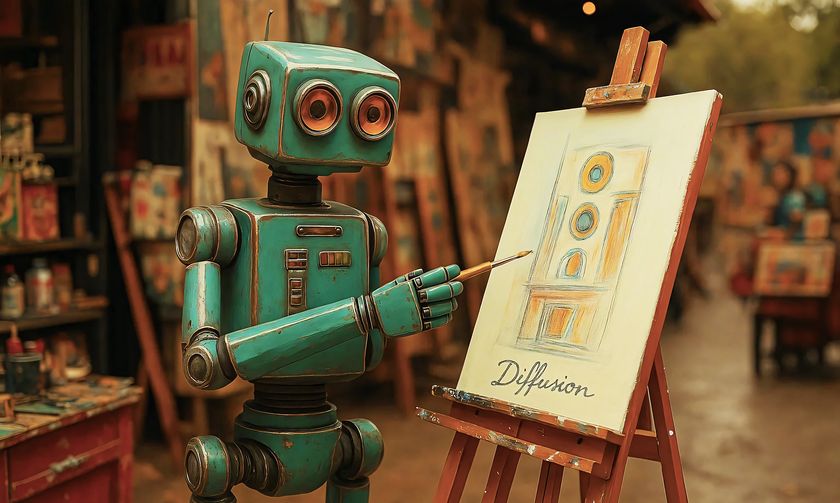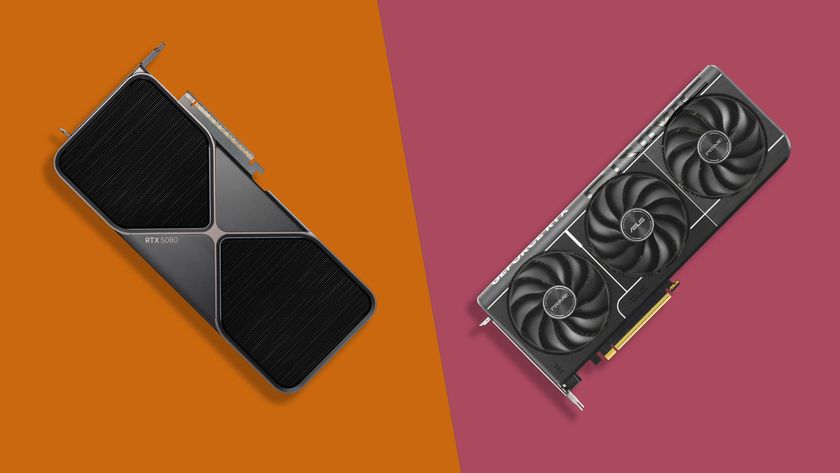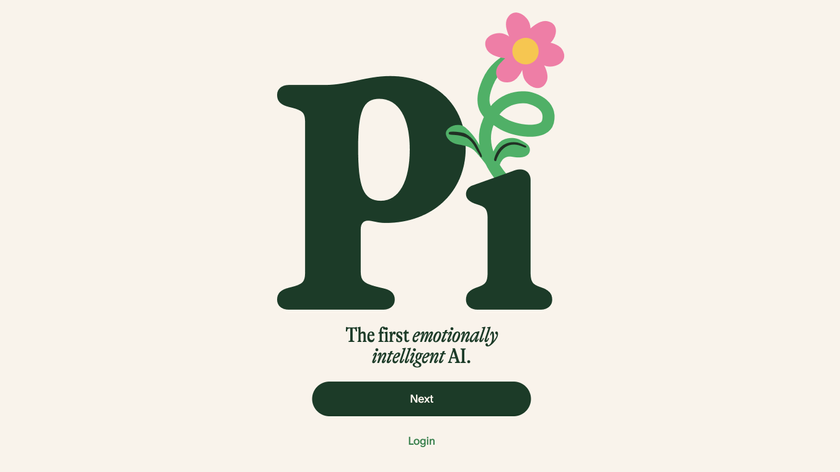What is a Neural Network?
Making machines work like the human brain
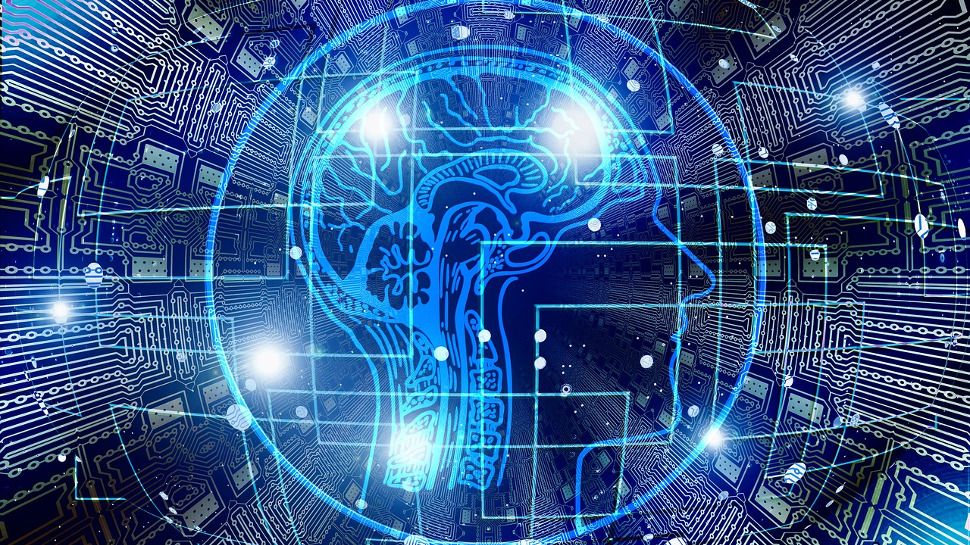
As the name suggests, neural networks are inspired by the brain. A neural network is designed to mimic how our brains work to recognize complex patterns and improve over time.
Neural networks train themselves to handle large datasets, recognize patterns in that data, and then predict the output for a new set of similar data. Neural networks can be tuned to adapt to new data and situations, which essentially allows them to learn from experience and improve over time.
Neural networks have revolutionized the fields of artificial intelligence (AI) and machine learning by providing a flexible, and scalable, means to solve complex, and traditionally computationally intensive problems.
“Neural networks are unique because they can learn from data and identify patterns that traditional systems often miss,” says Sukh Sohal, Senior Consultant at Affinity Reply. “Instead of following fixed rules, they adapt based on the information they process, making them well-suited for solving complex, variable problems.”
According to Sohal, neural networks are especially useful in areas like fraud detection, predictive maintenance, and personalization, where patterns aren’t always obvious or consistent.
Uses for Neural Networks
A major reason for the popularity of neural networks is that they can solve real-world problems and make intelligent decisions with little to no human intervention. They can also tolerate noisy or incomplete data, which makes them better suited to work with the usually imperfect real-world data.
“For businesses, neural networks are valuable because they bring flexibility and efficiency to tasks that used to require significant human input,” says Sohal. “They’re also becoming more accessible, with tools and platforms simplifying implementation, even for companies with limited technical expertise.”
Are you a pro? Subscribe to our newsletter
Sign up to the TechRadar Pro newsletter to get all the top news, opinion, features and guidance your business needs to succeed!
Their abilities make neural networks an essential tool for many industries. In medicine, they help in diagnosing diseases, and medical imaging. In the financial sector, predicting stock prices, accessing and managing risks, and optimizing investment portfolios are increasingly being tasked to neural networks.

Similarly, marketing professionals look to neural networks for everything from forecasting demand to targeted advertisements. They also help both physical and digital security thanks to their prowess with facial recognition, biometric authentication, and intrusion detection.
Neural networks have also become an essential tool in autonomous vehicles. They help power the computer vision that allows such vehicles to navigate their surroundings and correctly identify everything from road signs to people.
Core concepts of Neural Networks
A neural network operates through a layered structure of interconnected nodes, much like the neural structures in the human brain.
These nodes, also called neurons, are the basic units that process information. Interconnected like a web, these neurons work together to do the computations in the neural network.
You can think of these nodes as tiny decision-makers or computational units that help the network do the grunt work, analyzing the data fed to them, and making predictions. Each neuron receives some input, does a little math, and then passes the output further down the network.
Neurons in a neural network are grouped into layers, which can be broadly classified into the following three types:
Input Layer: This layer consists of input nodes that receive the raw data. Each node in this layer represents a specific feature of the data. For instance, if the neural network is being used to classify images of kids and adults, an input node represents an individual pixel in an image.
Output Layer: The final layer in a neural network is the output layer that’s responsible for producing the network’s prediction or classification. In our kids/adults classification task, the out layer will have one node for each, and the node with the highest value will be the network’s output.
Hidden Layers: Nestled between the input and the output layers are a series of intermediate layers. These layers are not directly observable from the system’s input or output, which is why they are called hidden. Each node in a hidden layer takes inputs from the previous layer, processes them, and passes the result to the next layer. It is these layers that help the network identify complex patterns by unraveling the data step by step. The number of hidden layers in a network depends on the complexity of the task.
How do Neural Networks work?
Every node in the neural network goes through a lot of steps. First, it gets data from the input layer or the previous hidden layer. One node is assigned to one feature or attribute of the data.
Next, each input is multiplied by a weight. These weights are values that help determine the importance of the input. In simple terms, the higher the value of the weight, the more influence it has on the decision of the node.
To begin with, these weights are assigned randomly. However, they are then subsequently readjusted during the training phase of the network in order to improve the network’s predictions.
Together with the weights, all inputs also get a bias value. Think of this as an additional tunable parameter that helps make the network more efficient and accurate.
Once the two values, weights, and bias, are added, the result is fed to an activation function. It is this function that decides whether a node should activate or fire, and send its output on to the next layer.
This process continues until all the hidden layers have been traversed. Then the final output is passed to the output layer, which the network uses to announce the final result.
Types of Neural Networks
Neural networks come in all shapes and sizes. Broadly speaking they all follow the same process described above, but cater to different kinds of use cases.
Neural networks can be classified on various factors such as their depth, the number of hidden layers, as well as the number crunching prowess of each node.
Feed-forward Neural Networks: These are the simplest of the lot. In them, data passes in one direction, from the input node through the various intermediary nodes before it reaches the output node. These networks don’t employ any feedback loops or cycles, and the data is processed sequentially without any iteration.
Convolutional Neural Networks (CNN): Designed primarily for analyzing visual data, such as images, and videos, CNNs include a special type of layer known as the convolutional layer that helps extract features from input data. This layer applies filters to the input and scans the data in order to identify patterns.
Recurrent Neural Networks (RNN): A special type of neural network, RNN is a complex network that uses the output of a node and feeds it back into the network. These networks are useful in situations where context is essential to predicting an outcome. RNNs are commonly used in speech recognition and natural language processing.
Generative Adversarial Networks (GAN): Another complex network, a GAN trains two neural networks that compete against each other. They include a generator model and a discriminator model that together help generate new synthetic data.
- We've rounded up the best AI image generators.
With almost two decades of writing and reporting on Linux, Mayank Sharma would like everyone to think he’s TechRadar Pro’s expert on the topic. Of course, he’s just as interested in other computing topics, particularly cybersecurity, cloud, containers, and coding.
You must confirm your public display name before commenting
Please logout and then login again, you will then be prompted to enter your display name.
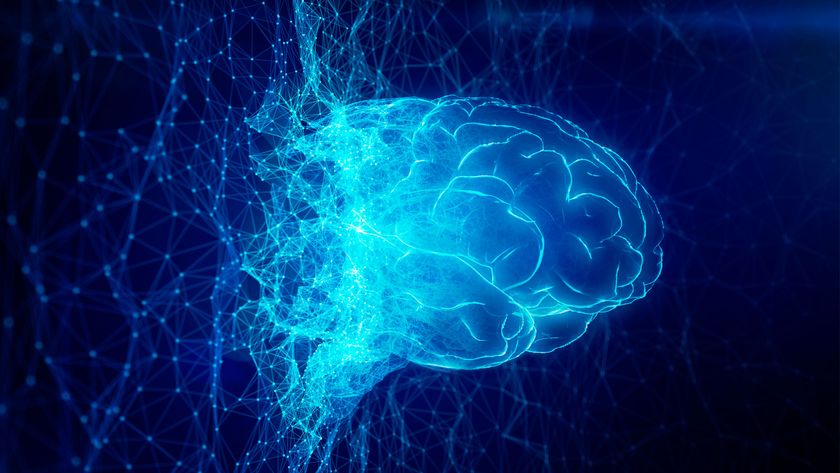
I tried Mind Maps in NotebookLM and it's my new favorite feature

Why Bill Gates is wrong about AI and 3 things he needs to realize



